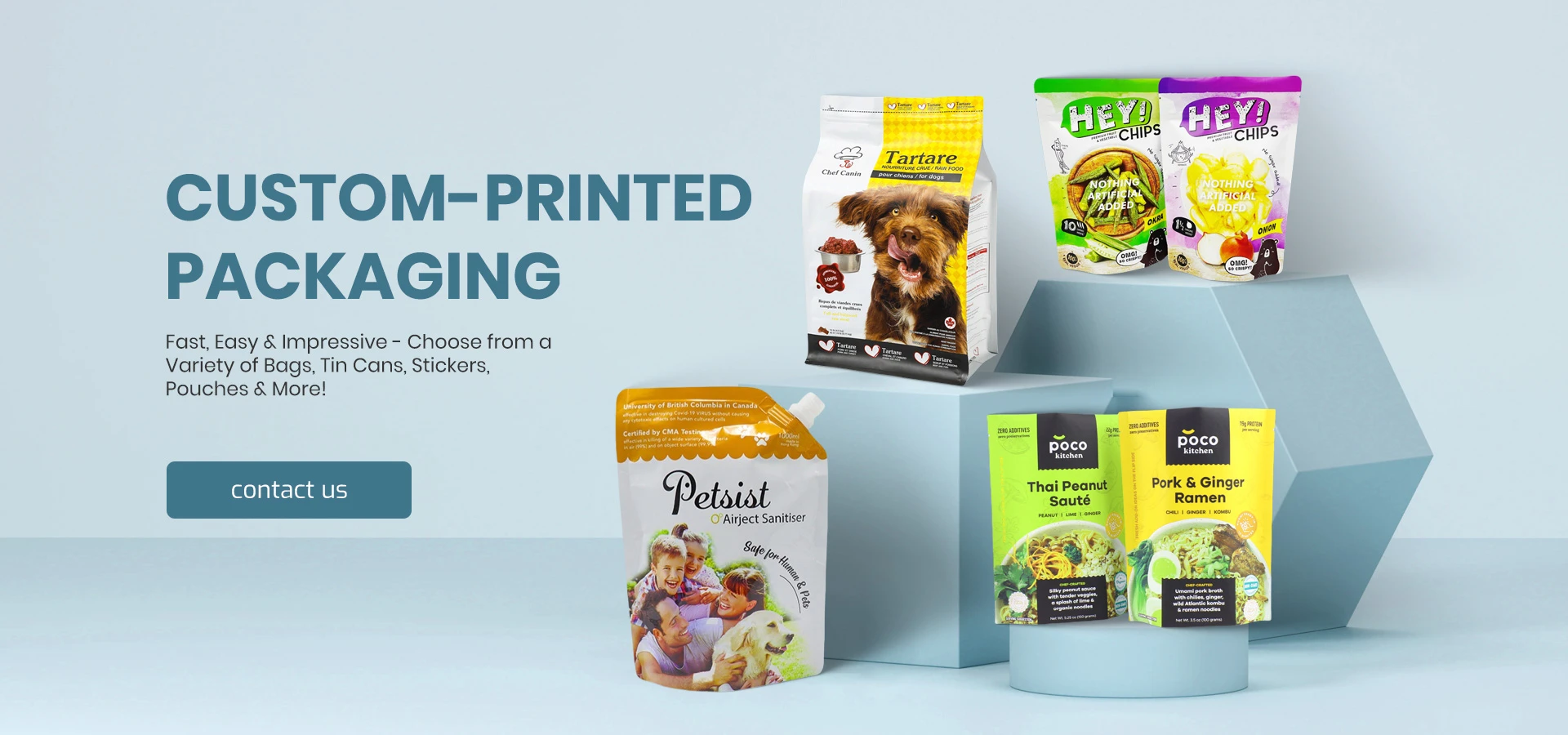- Afrikaans
- Albanian
- Amharic
- Arabic
- Armenian
- Azerbaijani
- Basque
- Belarusian
- Bengali
- Bosnian
- Bulgarian
- Catalan
- Cebuano
- chinese_simplified
- chinese_traditional
- Corsican
- Croatian
- Czech
- Danish
- Dutch
- English
- Esperanto
- Estonian
- Finnish
- French
- Frisian
- Galician
- Georgian
- German
- Greek
- Gujarati
- haitian_creole
- hausa
- hawaiian
- Hebrew
- Hindi
- Miao
- Hungarian
- Icelandic
- igbo
- Indonesian
- irish
- Italian
- Japanese
- Javanese
- Kannada
- kazakh
- Khmer
- Rwandese
- Korean
- Kurdish
- Kyrgyz
- Lao
- Latin
- Latvian
- Lithuanian
- Luxembourgish
- Macedonian
- Malgashi
- Malay
- Malayalam
- Maltese
- Maori
- Marathi
- Mongolian
- Myanmar
- Nepali
- Norwegian
- Norwegian
- Occitan
- Pashto
- Persian
- Polish
- Portuguese
- Punjabi
- Romanian
- Russian
- Samoan
- scottish-gaelic
- Serbian
- Sesotho
- Shona
- Sindhi
- Sinhala
- Slovak
- Slovenian
- Somali
- Spanish
- Sundanese
- Swahili
- Swedish
- Tagalog
- Tajik
- Tamil
- Tatar
- Telugu
- Thai
- Turkish
- Turkmen
- Ukrainian
- Urdu
- Uighur
- Uzbek
- Vietnamese
- Welsh
- Bantu
- Yiddish
- Yoruba
- Zulu
how do chamber vacuum sealers work
How Do Chamber Vacuum Sealers Work?
Chamber vacuum sealers are essential tools in both commercial and home kitchens that help preserve food, maintain freshness, and extend shelf life. Unlike traditional vacuum sealers that suck air out of a bag, chamber vacuum sealers operate a bit differently, utilizing a chamber to create a vacuum environment. Understanding how they work can help you appreciate their functionality and make better decisions about food storage.
At the heart of a chamber vacuum sealer is a sealed chamber where the food and the vacuum bag are placed. The first step in the process involves placing food items in a specially designed bag or pouch. These bags are often thicker and more durable than standard vacuum bags, making them ideal for preserving a variety of foods ranging from delicate fruits to bulky meats.
Once the food is placed in the bag, the bag is then positioned within the chamber of the sealer. The key advantage of chamber vacuum sealers is that they can extract air from not just the bag, but from the entire chamber. This means that when the machine is activated, it removes the air within the chamber, reducing the pressure around the bag. This process minimizes the risk of air pockets forming inside the bag, which can compromise the sealing quality and food preservation.
As the air is extracted, the pressure around the food decreases, allowing the bag to conform tightly around the food itself. This is particularly beneficial for liquids or soft foods, which may be at risk of getting sucked into the sealing area of a traditional vacuum sealer. Once all the air has been removed, the machine seals the bag using heat, creating an airtight environment that effectively locks in freshness.
how do chamber vacuum sealers work

One noteworthy feature of chamber vacuum sealers is their ability to accommodate liquids. Because the vacuum is created in the chamber rather than the bag, users can safely seal soups, marinades, and other liquid items without worrying about spills or messes. This flexibility is particularly appreciated in professional kitchens and among culinary enthusiasts who often work with various food types and consistencies.
Furthermore, chamber vacuum sealers typically come with built-in options for different levels of sealing. Users can adjust the settings depending on the type of food being sealed, ensuring optimal preservation. Higher settings can be used for items that need a stronger seal, while lower settings can be enough for delicate foods.
In addition to food preservation, chamber vacuum sealers have various applications beyond simply sealing food. They are often used for packaging non-food items such as electronics, jewelry, and other valuables that may be sensitive to moisture or air exposure. The versatility makes them a valuable tool not just for food storage, but for various industries requiring airtight packaging.
Finally, maintenance of a chamber vacuum sealer is relatively straightforward. Users need to ensure that the chamber and sealing area are kept clean to guarantee optimal performance. Regularly checking and replacing any worn or damage parts is also crucial in ensuring longevity and reliability.
In conclusion, chamber vacuum sealers are powerful devices that offer a sophisticated method for food preservation. Their ability to remove air from both the bag and chamber ensures maximum freshness and shelf-life for a wide array of food items. With their versatility and efficiency, chamber vacuum sealers have become indispensable tools for anyone interested in maximizing their food storage methods. Whether you are a professional chef or a home cooking enthusiast, understanding how these machines operate can transform the way you manage your culinary creations.













